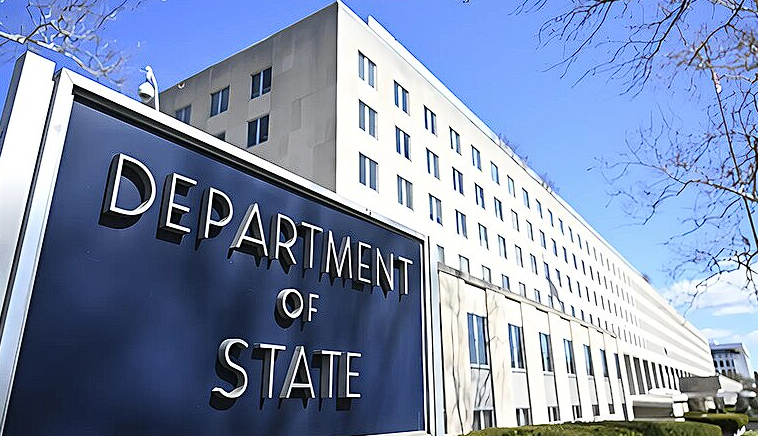U.S. and Europe strategize to convert billions in frozen Russian assets into vital support for Ukraine’s defense.
Others are reading now
The United States, in collaboration with its European allies, is making strategic moves to support Ukraine amidst ongoing conflict.
According to a recent briefing by State Department Spokesperson Matthew Miller, the initiative focuses on the redirection of substantial frozen Russian financial assets to aid Ukraine.
This development reflects a significant international financial strategy aimed at bolstering Ukraine’s resilience and recovery efforts.
Also read
Miller’s Briefing: A Clear Directive
During a press briefing in Washington, Miller outlined the cooperative efforts between the U.S. and Europe.
“We continue to work with our European partners to ensure that we use those assets that remain frozen and that will remain frozen – that we use those assets for Ukraine’s benefit,” he stated.
This plan includes the potential use of earnings from these assets to finance military support for Ukraine, highlighting a proactive approach to backing Ukraine against the Russian invasion.
The decision to earmark these funds for Ukraine’s defense comes in response to the Russian military’s actions, which prompted a swift and unified blockade of Russian financial resources by global democracies shortly after the conflict began.
Over EUR 300 billion in Russian assets have been frozen, predominantly in European Union nations, with a significant portion believed to be held in Belgium.
This strategic financial blockade represents a direct countermeasure to Russia’s military aggression, aiming to weaken its economic capabilities while strengthening those of Ukraine.
Implications and Expectations
This financial strategy not only underscores the commitment of Western nations to Ukraine’s cause but also sets a precedent for the use of economic sanctions and frozen assets in geopolitical conflicts.
By redirecting these resources, the U.S. and its European allies are crafting a narrative of resilience and support that contrasts sharply with the narratives of conflict and aggression.


